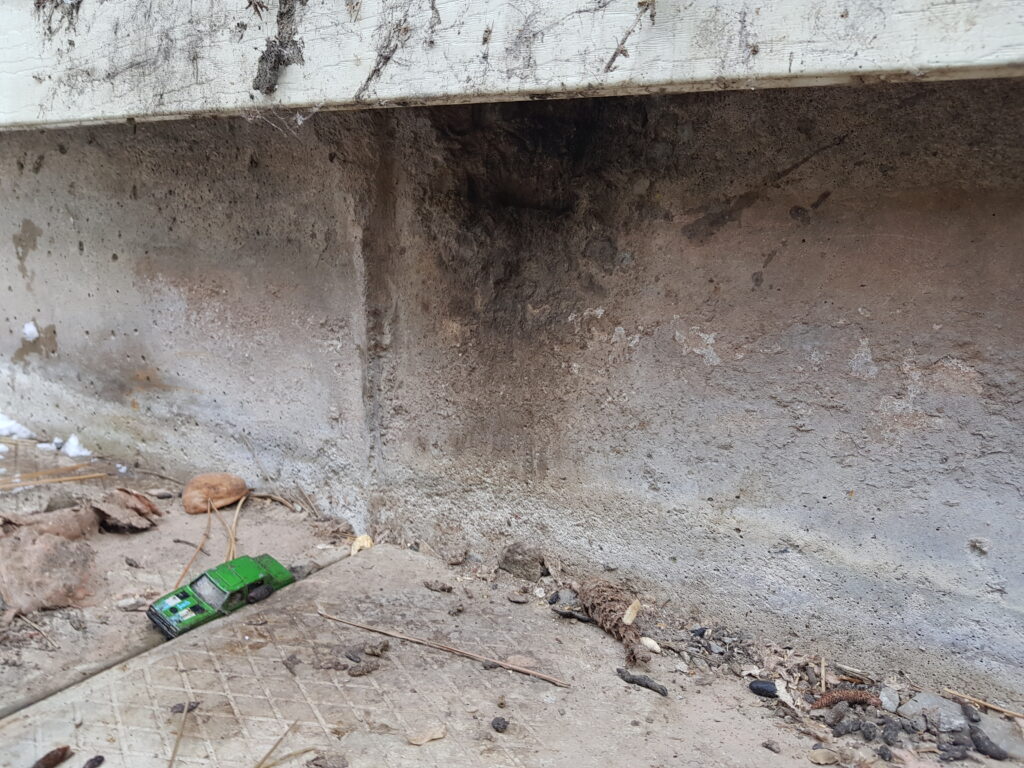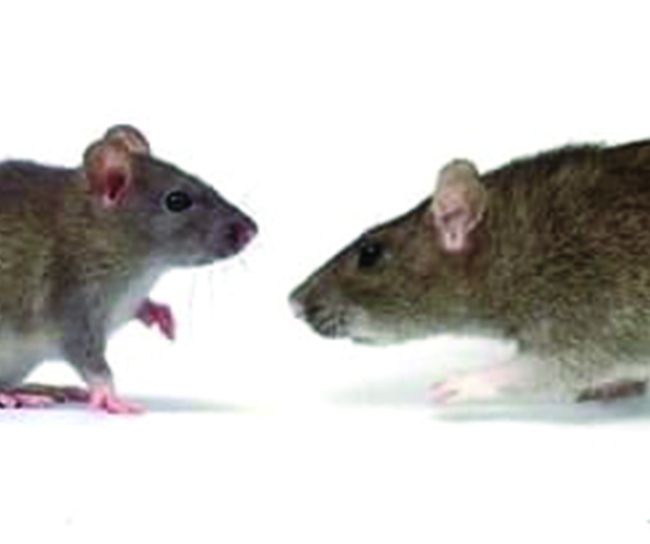Rodents have been occupying human spaces for generations. The struggle to achieve a rodent free domestic space has therefore been around for many years. Mice and rats have evolved to survive all types of conditions and the challenge they pose to today’s homeowners have led to numerous searches for solutions. Skedaddle’s humane wildlife removal will keep your Rexdale home free from these rodents.
Knowing the Difference Between a Rat and Mouse
While rats and mice share many similarities in physical features, it is quite easy to know the difference between the two when you see one. But they also share very similar behaviors which make them harder to identify. They are both more active at night and will chew through the same spots of your home. But making the distinction is crucial to dealing with an infestation appropriately.
Size Matters
Rats and mice have special features that can be used to distinguish between the two. One of the first categories of distinction is size. A house mouse’s size ranges from a tiny 2-4inches. Rats, on the other hand, are larger with the adult Norway rat attaining sizes as big as 9inches.
Snout and Body Colour
Of course, a rat that is in the early stages of its life (birth to a few months), may be as small as a mouse. In this instance, size cannot be used to distinguish between the two. An examination of other features such as the appearance of the snout. The mouse’s snout is triangular and more elongated than the rat’s snout which tends to be shorter. Colours can also help to identify rats. Like mice, they can be white, brown or grey, but they can also be black in colour, which mice cannot. A rodent with black fur is therefore definitely not a mouse but rather a rat.
Rat Feces vs Mice feces
Droppings can also help to distinguish between mice and rats. On a daily basis, a mouse will deposit larger quantities (40-100) of droppings than a rat (20-50). The size of the droppings also matters as a pellet of mouse droppings is usually about 1⁄4 of an inch long while that of a rat can be from 1⁄2 to 3⁄4 of an inch in length. Both rodents’ droppings are dark brown and become a lighter hue when stale.
Gnawing Capabilities
The two rodents also have different capabilities when it comes to chewing. While both are capable of using their teeth to cause damage to your home and property, of the two, mice have weaker teeth. This means that if you store food in sturdy containers made of thick sheet metal, for example, mice will not be able to access them. A rat though has more powerful teeth that have been known to chew through the material as tough as cinder blocks.

Keeping Rats and Mice Out
Both rats and mice introduce debilitating and potentially deadly diseases such as leptospirosis and the hantavirus into the home when they invade. They also cause serious damage to the building that can be costly to repair. Both are capable of chewing away at electrical wiring and thereby exposing your home to greater fire hazard.
Removal is therefore extremely important once an infestation is diagnosed. In fact, a wise move is to prevent infestation in the first place by reinforcing the perimeters of your property to deny these rodents access to your home. Once you spot a sign of rat or mouse presence (which can be droppings, gnawed surfaces, and food, actual sightings of the rodents or the sounds of scurrying feet at night) you should get in touch with providers of expert humane wildlife removal services and have them treat your Rexdale property promptly.



